We take a closer look at the Villa Noon project, the world’s first zero-emissions villa, through an interview with its creator, architect Fran Silvestre.
Architecture is one of the artistic disciplines that best demonstrates its ability to integrate into the landscape. Sometimes by embracing it, sometimes by simply linking it harmoniously through its materials. But beyond aesthetic pleasure, sustainable architecture offers the opportunity to change the way we intervene in spaces, thus minimising the impact of buildings on the environment.
Today we talk to Fran Silvestre, the architect who has achieved a milestone in sustainable architecture by creating the world’s first zero-emissions villa in collaboration with real estate developer Cork Oak Mansion.
It is called Villa Noon and its location will be in one of the most prestigious areas of the peninsula: Sotogrande. It is bathed by the Guadiaro River and its landscaping has been designed by French architect Jean Mus. It boasts spectacular panoramic views of the Mediterranean Sea and Africa from La Reserva, the highest area of the municipality.
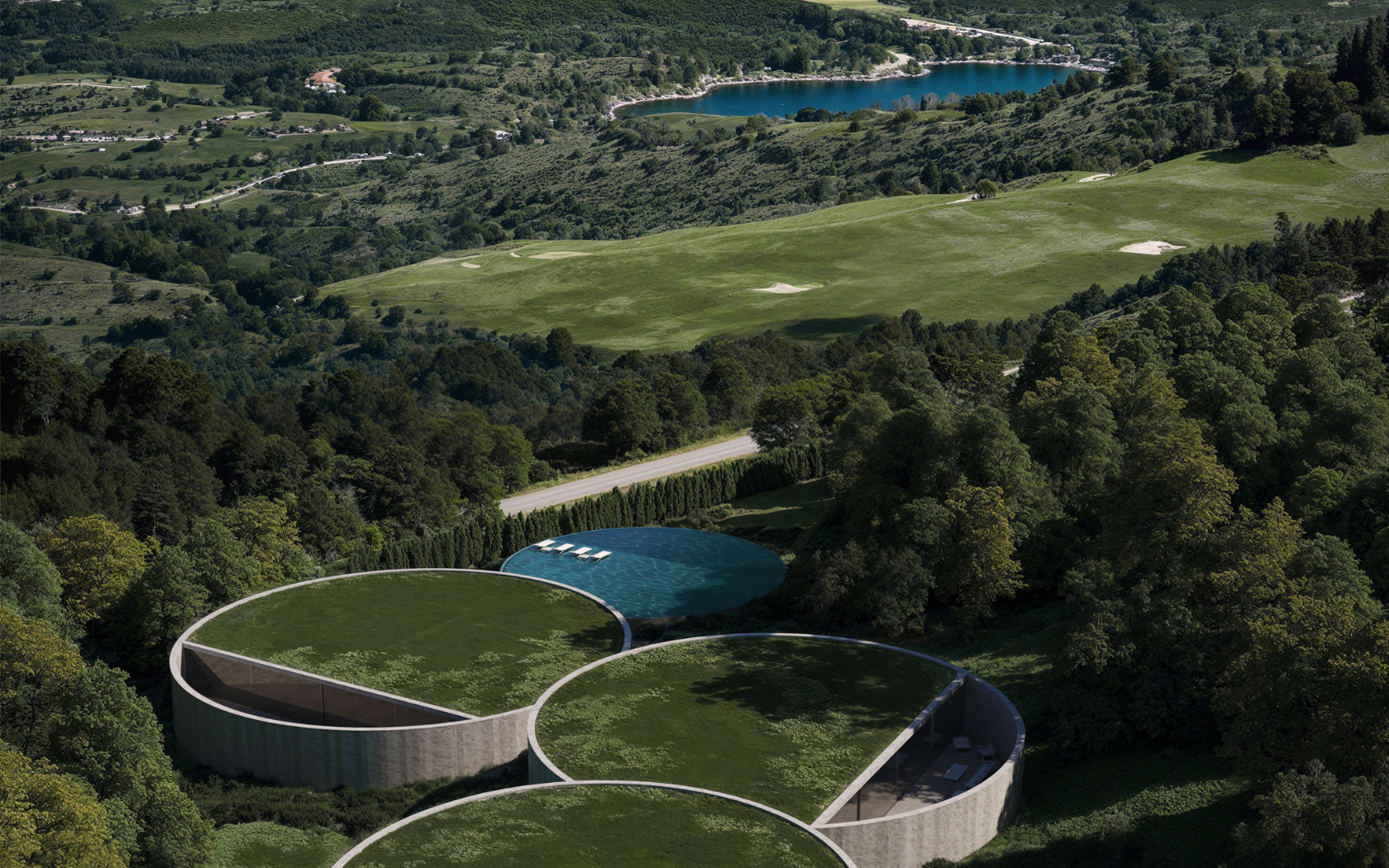
Villa Noon is characterised by the perfect integration of architecture and nature.
The new sustainable luxury in architecture and design
The space is made up of a total of fifteen plots of approximately half a hectare that integrate architecture and natural surroundings to create a unique project. In this sense, Villa Noon is part of the so-called new sustainable luxury by combining design and performance with significant environmental awareness. This is made possible by integrating responsible production practices that reduce the impact on the environment.
What is the “villa zero” concept?
The “Zero House” is characterised as a home that does not need to be connected to the conventional utility grid thanks to advanced technologies. For example: an air-conditioning system with condensation for fresh water supply. This cutting-edge approach not only ensures efficient management of natural resources, but also minimises environmental impact.
We have selected materials that harmonise perfectly with the environment. For example, we have used Sierra Elvira stone, which is characteristic of the region.
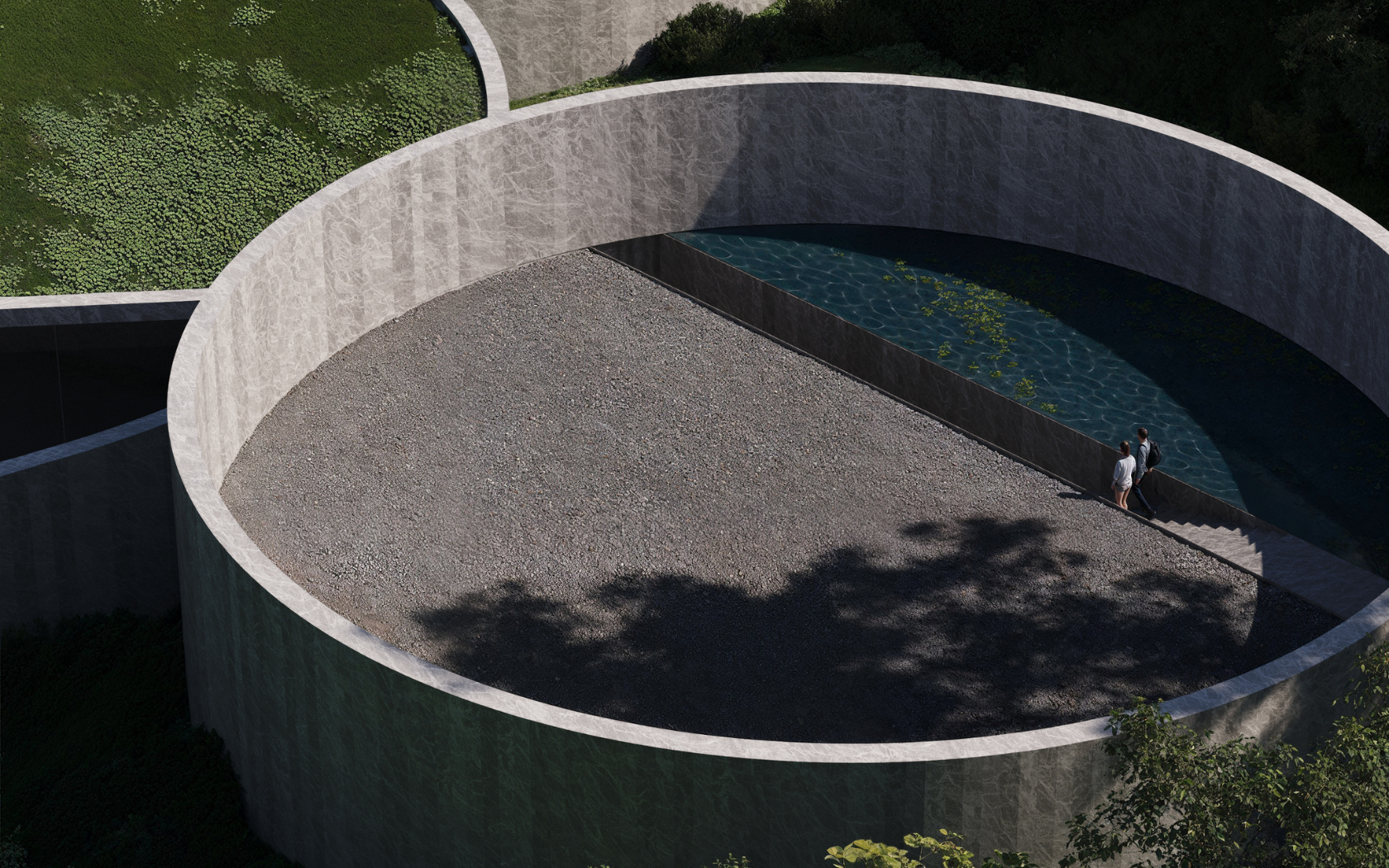
The villas have a design that respects and takes advantage of natural resources.
How did you manage to create the Villa Noon project in such an exclusive area as Sotogrande?
In Sotogrande we have designed several residential buildings so far. The first one was in 2016, the “Casa de los siete jardines”. We also have a project in the Sotogrande reserve, in front of the golf course; it is the “House in Sotogrande”, which has already been completed.
The studio is also developing other projects together with DUS Desarrollos Inmobiliarios, two of which are currently under construction: Villa 95 and Villa 46. There are also four other projects: three in Altos de Valderrama and the last one in La Reserva, on a plot with incredible views.
What materials have you used?
We have selected materials that harmonise perfectly with the environment. For example, we used Sierra Elvira stone, characteristic of the region. This grey-coloured stone blends in naturally with the surrounding landscape, ensuring an aesthetic and functional integration into the site.
The “Zero House” is characterised by the fact that it does not need to be connected to the conventional utility grid thanks to advanced technologies.
What challenges did you face?
One of the biggest challenges was to minimise the visual impact of the house on the landscape, despite its large volume and surface area. To achieve this, we implemented a growth system that allowed the project to maintain a much more human scale, integrating harmoniously into the environment.
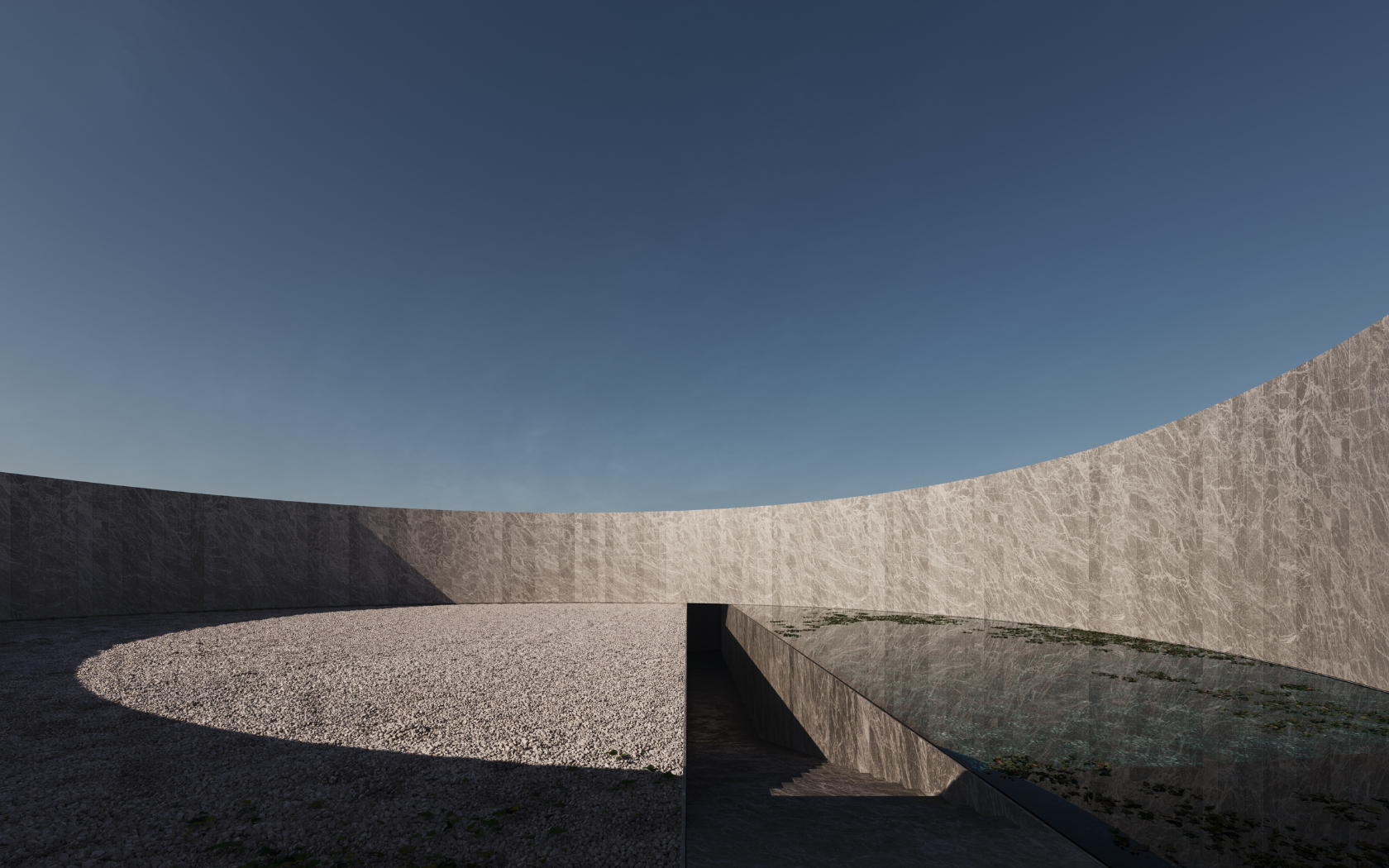 Villa Noon has a rainwater harvesting system for domestic use.
Villa Noon has a rainwater harvesting system for domestic use.
What does sustainable architecture look like?
In reality, all architecture can have a sustainability variable. In this case, sustainability implies using available technology to minimise the volumetric impact of the house and reduce its carbon footprint. In this way we achieve a construction that respects and preserves the natural environment.
What should the cities of the future focus on?
We believe that architecture is changing a lot lately. In recent years we have become very involved in systematisation, which is changing the way we build. Years ago we competed with design as an added value; now sustainability is unquestionable, and we think that the relationship between architecture and health is what is to come.
In fact, all architecture can have a sustainability variable.
What role does architecture have in the future of sustainable cities?
Architecture plays a crucial role in the future of sustainable cities, as it is responsible for 70% of the planet’s CO2 emissions. Therefore, the creation of sustainable cities can have a much greater impact on reducing emissions than other measures such as the adoption of the electric car.
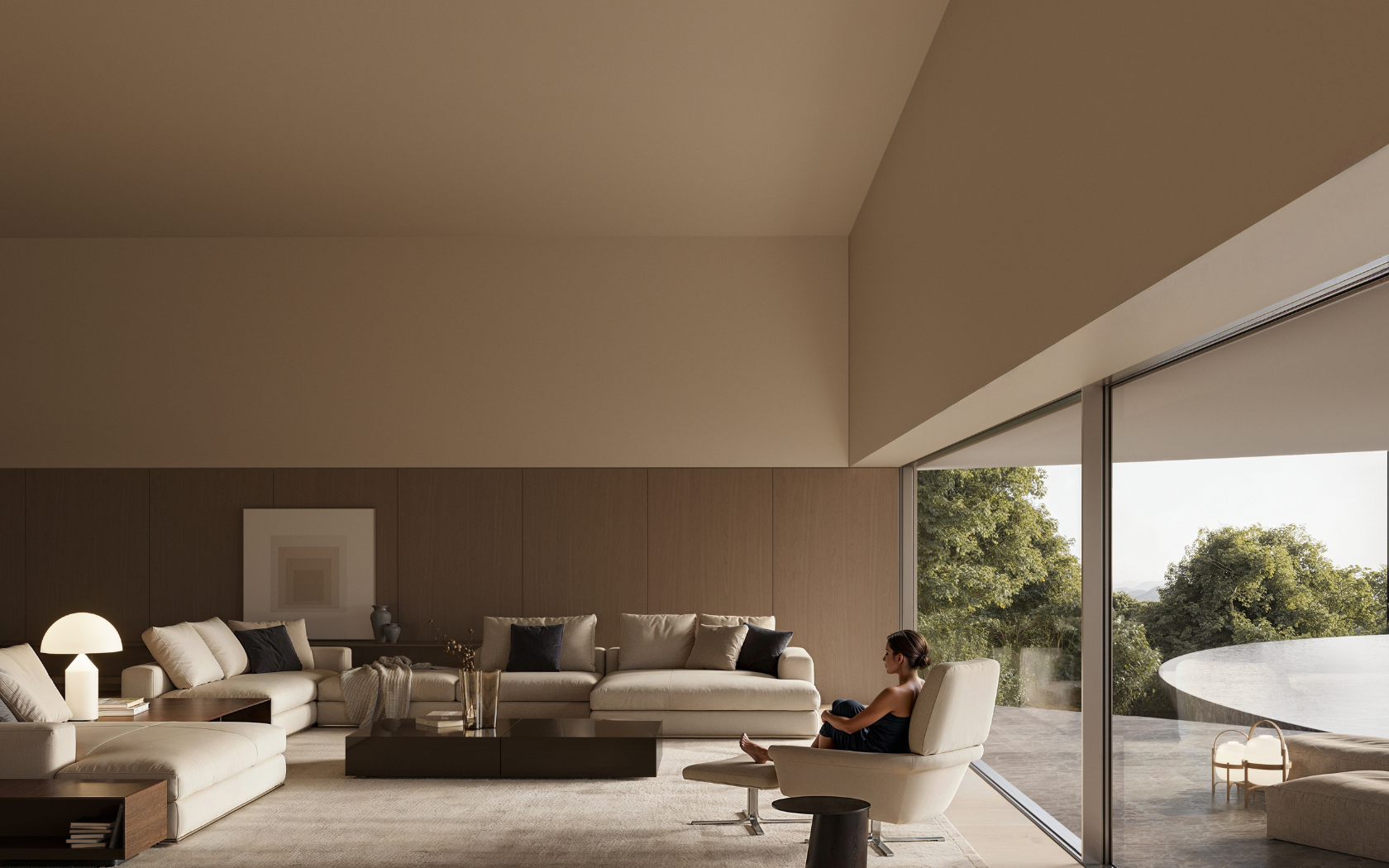
The houses have underfloor heating systems.
What is the most outstanding project that you have carried out in the studio related to sustainability?
Villa Zero. This revolutionary design, which guarantees maximum efficiency in the use of natural resources and a minimal ecological footprint, meets the demanding criteria of a Passive House, standing out for its ability to operate completely independently of conventional supply networks and its exceptional energy efficiency.
Architecture plays a crucial role in the future of sustainable cities, as it is responsible for 70% of the planet’s CO2 emissions.
In landscape architecture, for example, various strategies can be implemented, such as the use of native and drought-resistant plants, the grouping of vegetation according to its water needs, and the application of mulching to regulate soil temperature and reduce evaporation. In addition, efficient irrigation systems can be installed, cisterns can be used to collect rainwater, and permeable surfaces and green roofs can be integrated.
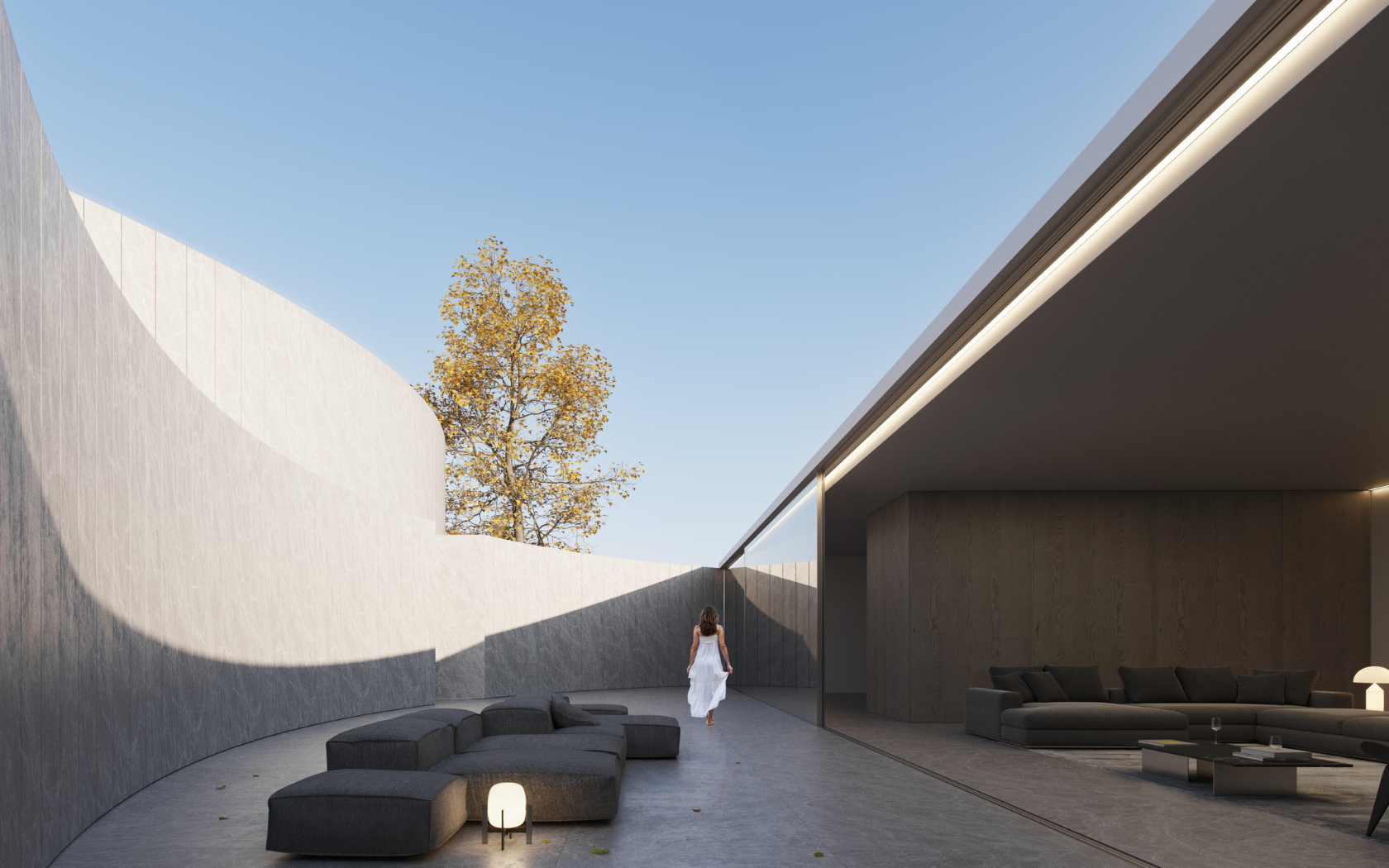
One of the outdoor spaces of the villas.
___
The most personal side…
What style do you like the most?
The aim of all the projects that make up the studio’s architecture is the search for purity of form through a language that, like an architectural grammar, tends towards the systematisation of the process. It has less to do with style, which would be calligraphy, than with concept. A series of forms, or pieces, which, through internal experimentation, give rise to the different projects that have so far seen the light of day.
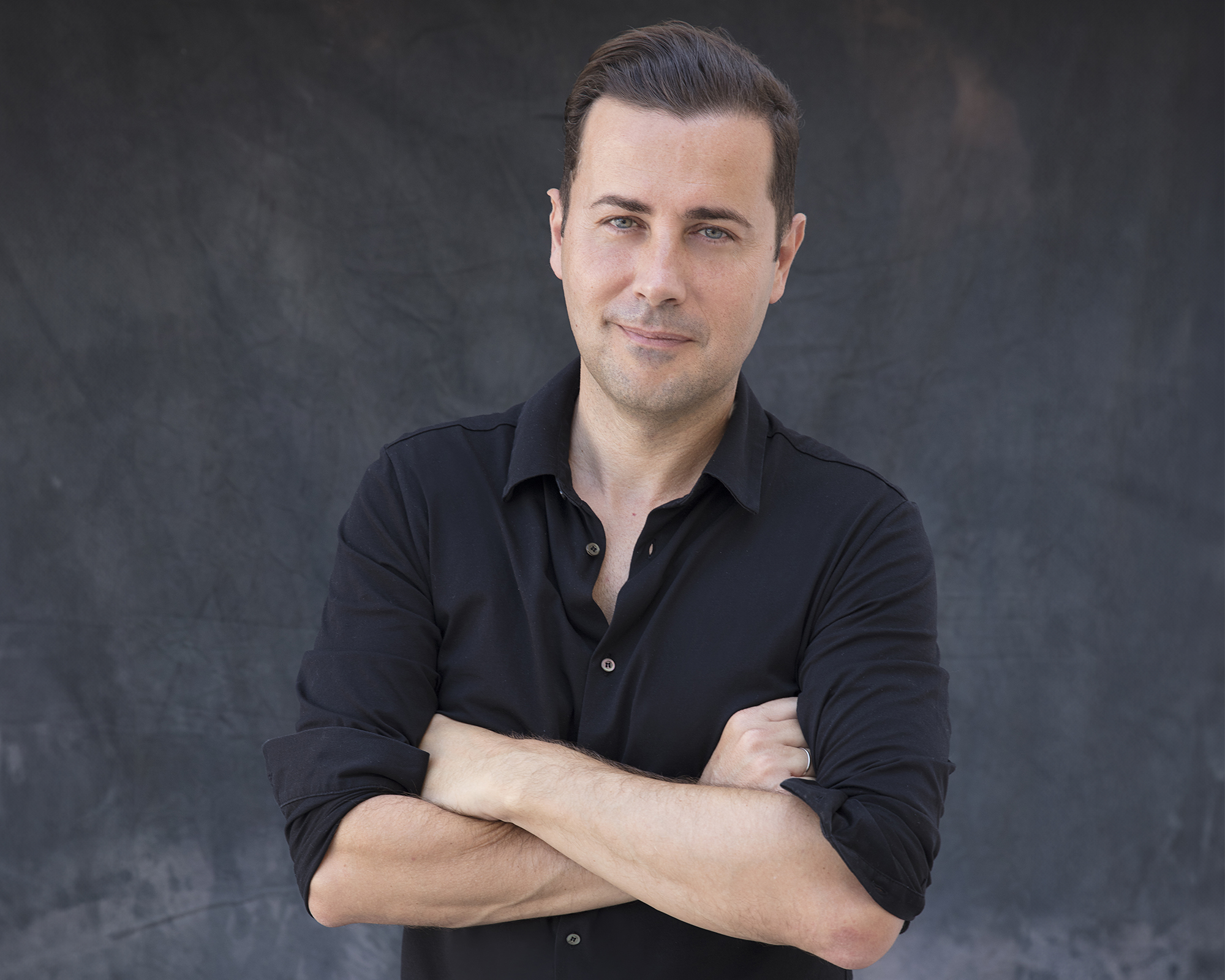
The architect Fran Silvestre.
One artist in particular
Anish Kapoor
Do you collect anything?
I thought I didn’t collect anything, but I realised that we collect the models we make in the studio.
A country you would go back to 100 times
Croatia is a stunning destination to discover thanks to its spectacular scenery and rich history. This country, discovered from the sea, offers untouched places like the island of Vis, where you can enjoy the Mediterranean at its purest.
A pending trip
Pamukkale in Turkey. And Herapolis, ancient Troy.
A daily habit
Playing with my daughter
A hobby
I like to think with my hands. Creating new volumes that we find attractive and interesting to live in.
A colour
Blue Klein




